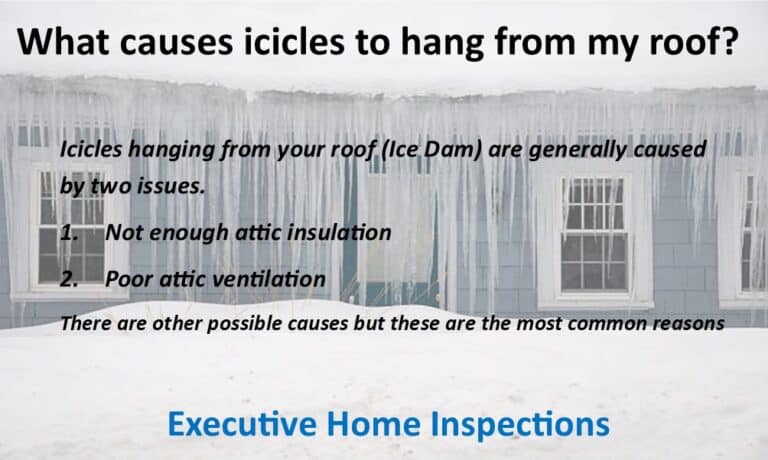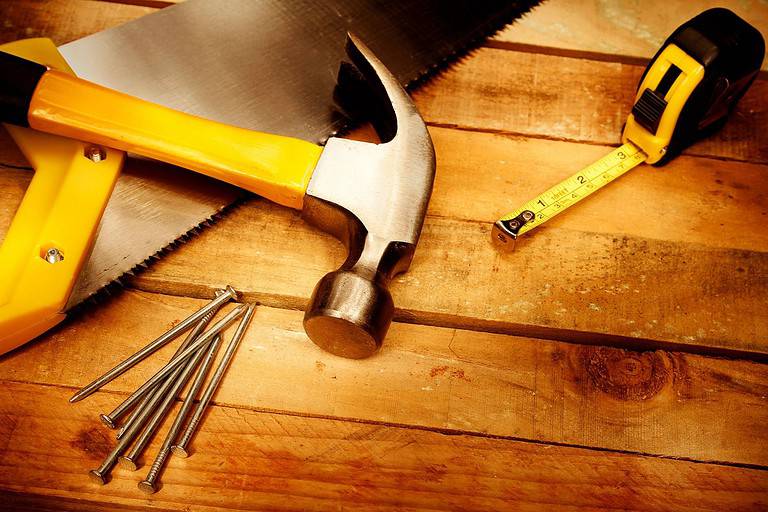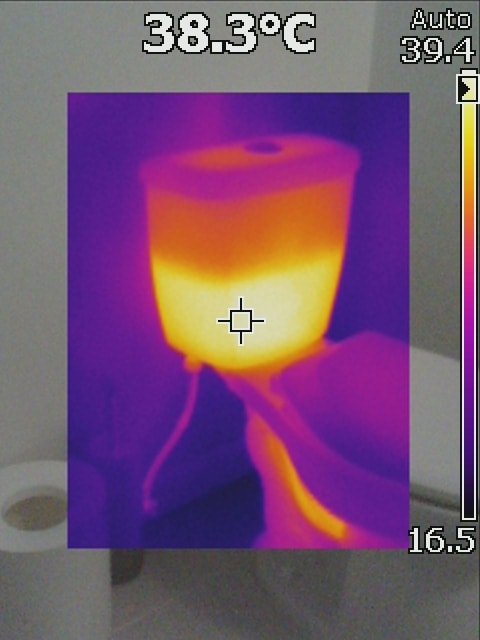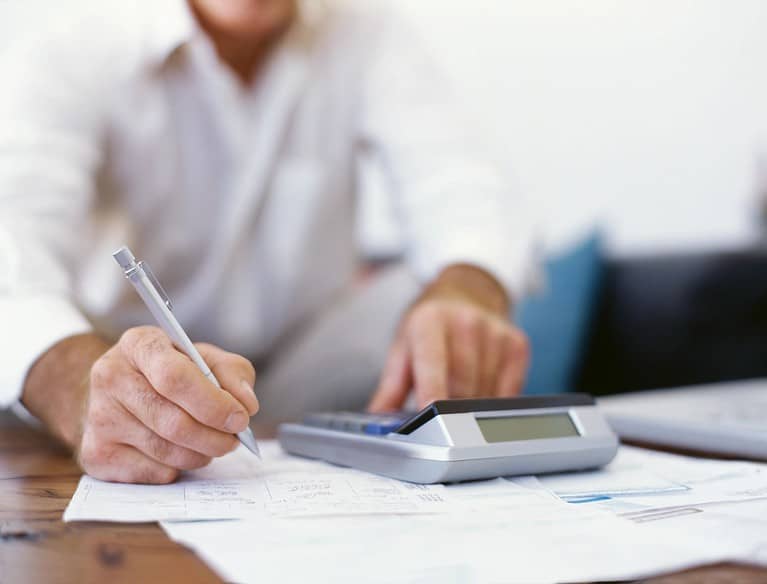When purchasing a house, the home inspection can be a daunting and confusing process. For those homebuyers who are unaware of what is involved in this important step of the buying process. It’s easy to feel overwhelmed! Knowing exactly what gets inspected during a typical home inspection isn’t always obvious. Fortunately this blog post offers an explanation of all the elements that will be carefully examined and evaluated during your next house purchase. From plumbing to electrical systems. We’ll cover everything you need to know about the integral components inspected at each home inspection. So read on for essential details and peace-of-mind as you move forward with finding your dream house!

Overview Of What A Home Inspection Is And Why It’s Important
Home inspections provide homeowners, buyers and sellers with a detailed inspection of the home they are interested in. This visual assessment allows everyone involved to understand the condition of the home and any potential problems that may exist. The inspection will cover major systems like electrical, plumbing, roofing and heating as well as exterior features such as siding and doors. Inspectors can also look for moisture issues or other damage in areas like crawl spaces or attics. Ultimately, a home inspection provides peace of mind for all parties involved. They do this by finding out if there are problems or potential risks associated with a property before purchase.
Structural Components Inspected During A Home Inspection, Such As Foundation, Walls, Floors, Roofing And Attic Spaces
When a home inspection is carried out, it’s important to ensure that all of the structural components are in a good condition. This includes the foundation and load-bearing walls, which should be stable and built to code. Floors should be level and free from cracks or sagging. While roofing and attic spaces should have no signs of water damage or leaking.
Plumbing Systems Checked During A Home Inspection, Including Water Lines, Waste Disposal Systems And Sump Pumps
With any home purchase, it’s essential to perform a home inspection to ensure everything is in working order. When it comes to plumbing systems, the inspector will closely evaluate water lines, waste disposal systems and sump pumps for any signs of damage or deterioration. This testing is crucial for assessing the functionality and longevity of plumbing systems. As leakages can cause costly issues if not correctly identified early on. The inspector will attempt to identify potential risks of problems. So that you – as a buyer – are aware of any existing issues before finalizing the home purchase.
Electrical Components Inspected By A Home Inspector, Like Main Power Panel, Light Switches And Outlets
Home inspections involve the inspection of a variety of electrical components in the home. Such as the main power panel, light switches and outlets. An experienced home inspector is capable of identifying potential safety hazards, capacity problems and other general concerns so those items can be addressed to bring the property up to appropriate safety standards. It’s important for homeowners to get an accurate picture of their home’s electrical system before they make a move. Additionally, they’ll review devices connected to electricity like circuit breakers, fuses, wiring grounds and aging service conductors. All these pieces come together to ensure the home’s energy efficiency and proper functioning that’s essential for safe residence.
Heating And Cooling System Inspected By A Trained Professional, Including Air Ducts And Vents
Professional home inspectors will take a thorough look at a home’s heating and cooling system. Including inspecting the furnace, ductwork, registers, thermostat and more. Having an experienced professional onsite to inspect these systems is important for homeowners as even a seemingly small problem with the HVAC can have long term impacts on energy efficiency and overall comfort in the home. It’s also beneficial to ensure that the air ducts and vents of your home are free from dust, pollen, or any other substances that might be circulating through them. After all, having a comfortable airflow throughout the home is key for keeping family members healthy indoors. Inspecting these systems during a home inspection provides peace of mind for potential buyers as well as existing homeowners looking to make sure their homes are in great condition.
Exterior And Interior
When it comes to home inspection, exterior and interior both receive thorough evaluations. The inspector will check the condition of the house’s siding, windows, flashing, chimneys, gutters, and roofs outside. Inside, they will examine what is visible. Walls and ceilings as well as floor joists, ventilation systems, electrical wiring, plumbing fixtures, insulation among other features. Appliances such as dishwashers and ovens should be demonstrated ‘on demand’. Items like smoke alarms or radon detectors may also be inspected depending on local regulations and age of the residence. All in all the inspector will provide an educated professional opinion about the overall condition of the home. So that buyers can make sound decisions when purchasing their future abode.
Conclusion
Home inspections are a crucial part of the home-buying process, as they ensure that buyers are aware of any major or minor issues with the home beforehand. From foundation to roofing, plumbing to electricals and heating systems to interiors and exteriors, a home inspector will utilize their expertise in order to provide an accurate assessment of the property condition. Even though it can add time and money to you closing costs, having the inspection completed beforehand will save you from potential costly repairs down the road. With this insight into just some of the components inspected during a home inspection, you’ll have a better idea on how important this process really is for protecting your largest asset – your new home.
Learn More
Click here to learn more about the entire home inspection process.




